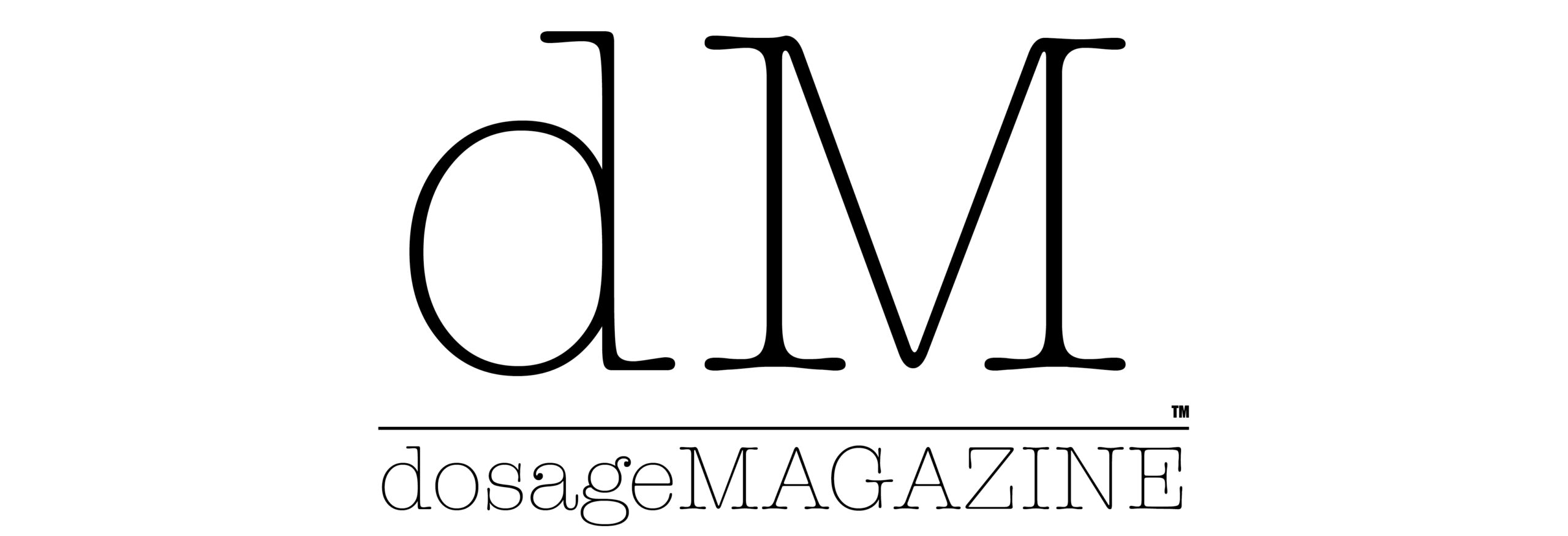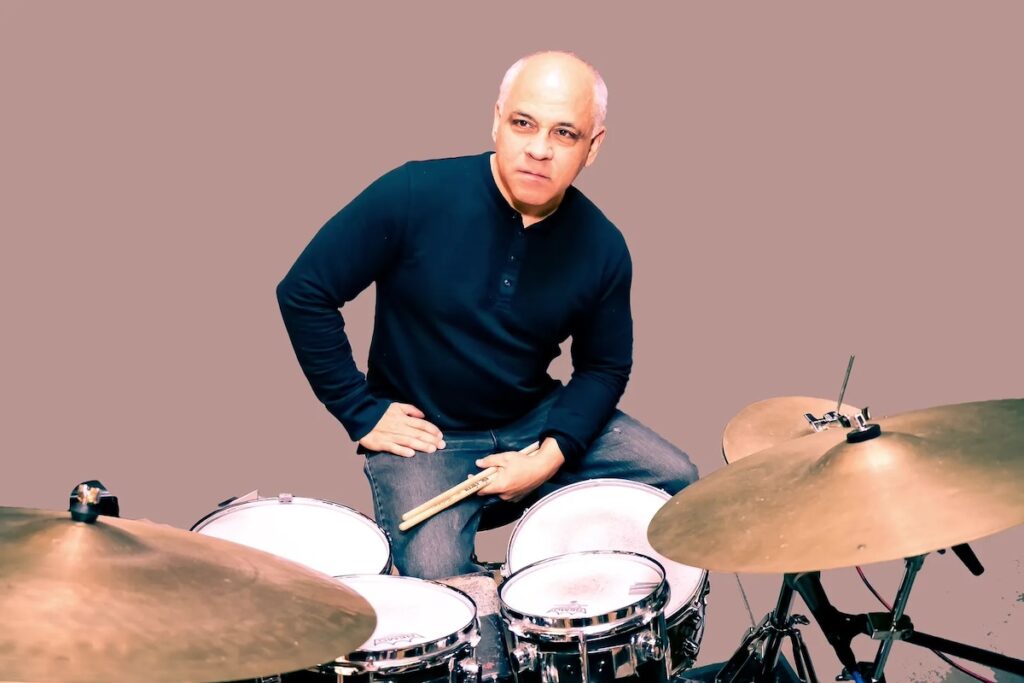
Venezuelan drummer-composer Marlon Simon comes home with Nagual Spirits for two local performances.
Ever since 1998 and the release of the Music of Marlon Simon with his ensemble, Nagual Spirits, Venezuelan drummer, percussionist, and composer Marlon Simon has made holy, harmonious sounds connected to the cosmos and kicked into high gear by its provocative, flavorful rhythms – a bolting brand of free, Afro-Cuban jazz whose global reach and deep, dramatic groove has no walls, boundaries or delineation. His live and recorded sideman gigs with Jerry González, Bobby Watson, Charles Fambrough, and Aretha Franklin brought him down to earth temporarily. Still, it is always his own interstellar brand of soul and love for complex Latin rhythm that’s been his calling card. “Absolutely, I am where I need to be at on my evolution process,” said Simon at the top of our interview.
The one-time Philadelphia native (from 1987 to 1992, then again from 2002 until 2015), New School for Social Research grad, and worldly traveler (literal and figurative) is returning home this week in accordance with his newest release, Different Paths (Pee Wee Records) and several gigs for the good of jazz. While February 1’s show for the Jazz Bridge charity and the Collingswood Neighborhood Concerts series brings his Nagual Spirits to the Collingswood Community Center (30 Collings Ave, Collingswood, NJ) at 7:30 PM, night two finds the ensemble hanging out at Chris’ Jazz Club on Sansom Street, February 2, for two shows at 7:30 PM and 9:30 PM.
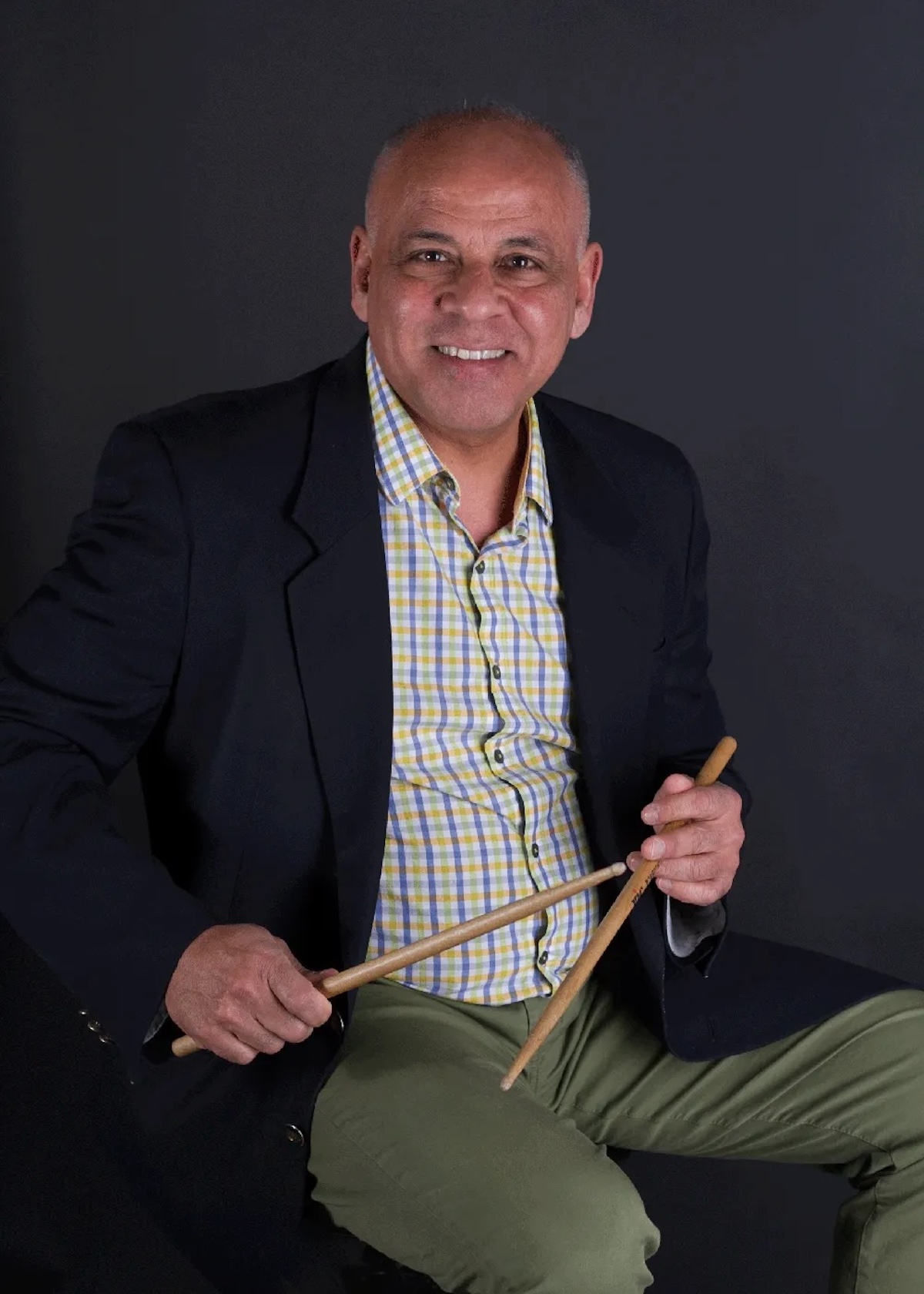
Currently living in Katy, Texas, between live dates (“It sucks, but I can’t handle the Philly winters anymore”), Marlon Simon talked about the spirits that move him, his new album, and what living and eating in Philly still means to him.
A.D. Amorosi: So, a Nagual spirit is something of an animal spirit, a human power that can shapeshift into one’s tonal animal counterpart. Why do you associate yourself, your drumming, and your composition with that spirit?
Marlon Simon: You are right. The Nagual is something of an animal spirit. However, Nagual has several definitions: a man of knowledge, a person who can get in contact with the cosmos and break all beliefs systems and the conditional rules that were imposed to you as a child. You see, if you draw a circle on a board, everything inside that circle is the Tonal – our beliefs system, our conditioning, our values, education, degrees, personal life, etc. The Nagual is everything else outside this circle, is a vast field that most humans are not conscious of its existence; you cannot explain Nagual through the tonal alone since the tonal is based on thoughts and logic; Nagual is out and away from those concepts. I associate myself with the Nagual because I believe that in order to create music that express our emotions, we have to be in contact with the source of creativity. I cannot really explain that, and I do not care to explain it; I care to live it and experience it.
A.D. Amorosi: How did you get to the Nagual in the first place?
Marlon Simon: You get to that by breaking your sequence of thoughts, becoming conscious that we are consciousness itself.
A.D. Amorosi: And why is all that is Nagual so very relevant when it comes to this assemblage of musicians and this particular new music that is Different Paths?
Marlon Simon: The musicians have to be in tune with each other and become one with the music. It is only in this way that you can experience the Nagual. There was a moment during the recording of the track “Variations on Ericka’s Theme,” dedicated on previous albums to my deceased daughter, that me and percussionist Roberto Quintero looked at each other towards the end of the composition and we became conscious of the Nagual presence. On this new album, this track is dedicated to Roberto’s daughter, Kimberly Quintero, who passed away in 2020.
A.D. Amorosi: Tell me a little bit about your time and experience with Philly in the Nineties, and what you derived from it as a musician?
Marlon Simon: The city of Philadelphia was the place where I experienced live jazz for the first time. I used to go to a club located on 3rd and Poplar called Ortlieb’s; in this club, they had local jazz musicians like Charles Fambrough, Sid Simmons, Mickie Rocker, Larry McKenna, and Michael Boone, among many others. I established a deep relation with all of them as I was intrigued about this musical art form and became their student. Later on, I wound up recording several albums with some of them, like Charles Fambrough. Philadelphia was definitely a strong influence on my development as a musician.
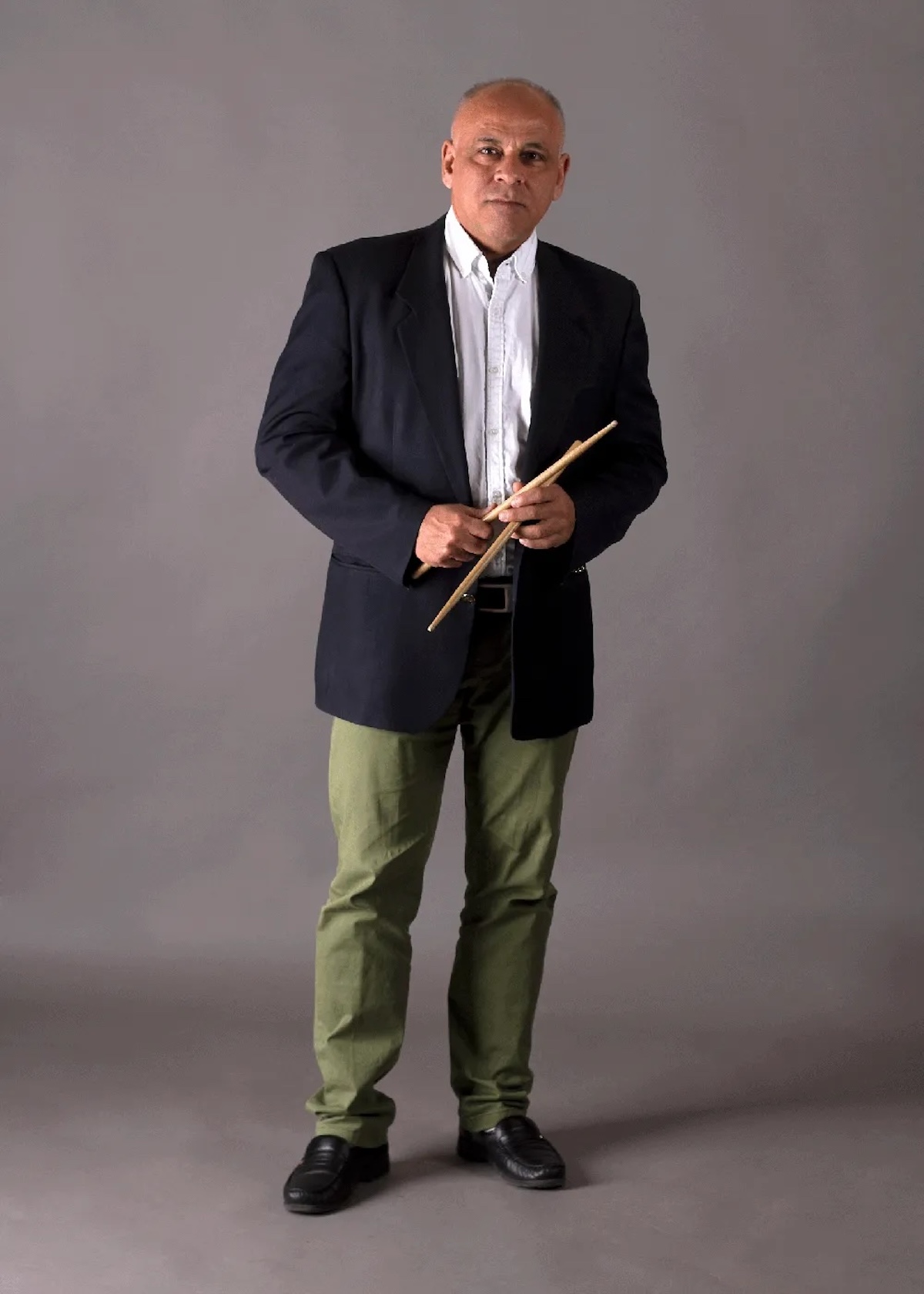
A.D. Amorosi: OK, the music is cool. But what about the food?
Marlon Simon: As soon as I get into town, I will go to North Philadelphia around 5th and Lehigh to eat some tasty Latin food.
A.D. Amorosi: For me, your first definitive music was found on your second album, Rumaba a la Patato, and that intricate expression of Afro-Cuban jazz? Hard to believe that album is now 24 years old.
Marlon Simon: Yes, it seems like a long time since the release of the album Rumba a la Patato. My album In Case You Missed It for Jazz Heads Records has its devotees. But, Rumba a la Patato considered by many critics as a classic Latin Jazz album, an expression of my experiences at that moment in time, very much influenced by the Latin Jazz going on in NYC; I am talking about early year 2000, when artists like Hilton Ruiz and Jerry Gonzalez and the Fort Apache Band were active in the scene. I was lucky to experience performing with these musicians. And, of course, they influenced my career.
A.D. Amorosi: How do or what do you hear as the sonic and spiritual throughline between that past moment and the moment of Different Paths? Or is that never the point, to create such continuum?
Marlon Simon: The human experiences, and mainly the suffering experiences, shape my compositions as a creative artist. However, the spiritual contact remains the same and is also present in my music. I believe only the spiritual source becomes the point in which to create such continuum.
A.D. Amorosi: The musicians who collaborate with you as Nagual Spirits sound very dedicated to that brand or vibe of holy jazz that you’re composing.
Marlon Simon: Yes, among the founders of the Nagual Spirits are saxophonist Peter Brainin, trumpetist Alex Norris, percussionist Roberto Quintero, pianist Luis Perdomo, my brother Edward Simon and bassist Boris Kozlov. Somehow – maybe through “the Nagual” – we got connected. They have sacrificed a lot of their time for this project since 1995 when we started doing local gigs in Philadelphia, New York, and later on started to travel internationally.
A.D. Amorosi: What sort of collaborator do you believe you must have so to make Different Paths, live and in the studio?
Marlon Simon: We all need each other. We are all children of the universe. We as a society need to realize for the good of humanity that we have not evolved much as a species; we are still stuck on our belief systems, causing violence and war in the 21st century. This is a sad fact, and when each individual realizes this. Only then, we can make the decision to go “On Different Paths” in order to keep consciously evolving. To perform this music live, I will need artistic directors that are aware of and agree that we need to change direction as a society – urgently – to avoid our own destruction. And when I say change directions, I mean to change our belief system and values towards acceptance, peace, understanding, love, and detach from our ego, which consequently causes envy, competition, individualism, and greed, which is destroying us.
A.D. Amorosi: Considering everything that you just told me, is there one composition on Different Paths that was more challenging to compose and capture on tape?
Marlon Simon: I believe each composition on this album expresses its own story. It was a challenge for me to orchestrate the use of this instrumentation – the French horn, bassoon, trumpet, tenor sax, piano, bass, drum set, and percussion. But if you pay close attention and listen to each track several times, you will acknowledge the relation and interaction of all the instrumentation on different sections of the composition is clearly there. The complexities of the rhythms in certain moments within the music, combined with the horns’ voicing, the piano’s harmonies, and the bass’s rhythmic figures, will hopefully lead you to the feeling that we are all “On Different Paths.”
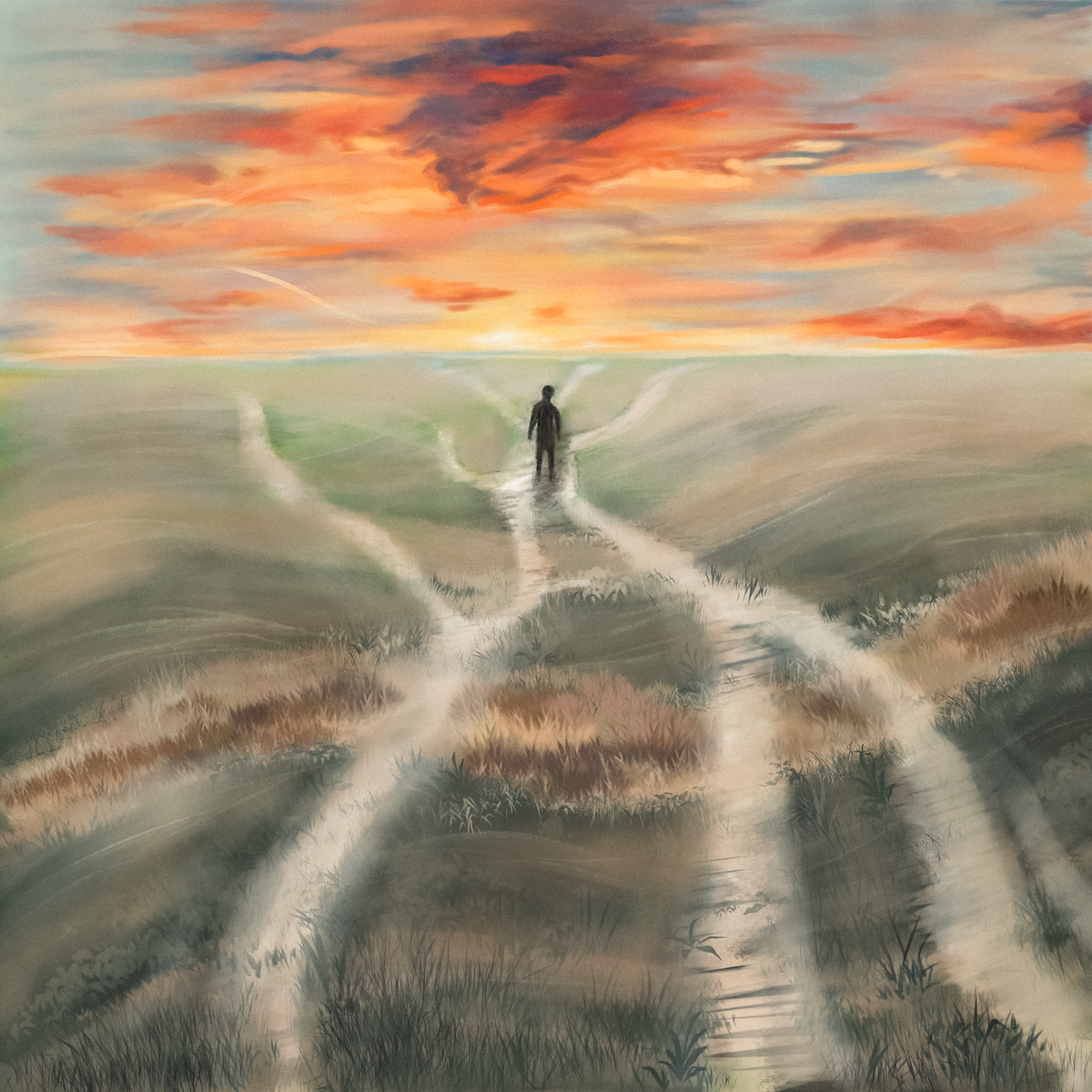
Images: Jorge Hernandez
